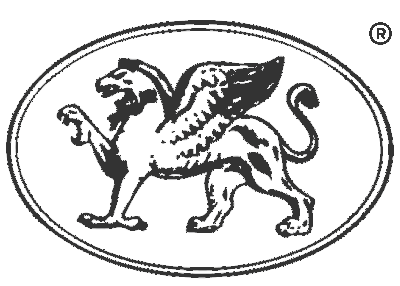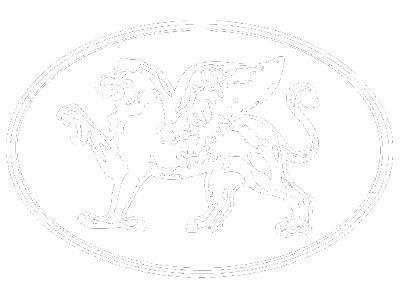The main features of our Augmented Reality service are as follows:
– It superimposes virtual elements on real images.
– It allows the user to interact with the projected objects in real time. Actions performed by the user have a direct effect on the displayed reproduction of reality.
– The projected images are in 3D in order to integrate as naturally as possible with the physical volume or scale of the real environment.
– It is contextual, meaning that the information displayed on the device is related to the context, i.e. it corresponds to what we see through our eyes.
Augmented Reality allows images to be projected using portable devices such as smartphones or tablets, and AR glasses. In order for these devices to be compatible with this technology, they must have the following elements:
▪ Camera: Device in charge of capturing images of the real world, in the case of using a smartphone it would be the smartphone camera.
▪ Hardware: The processor makes possible the combination of real and virtual images.
Software: The computer program in charge of controlling the process of combining real and virtual images.
▪ Screen: The element whose function is to display images in augmented reality.
▪ Trigger: Consists of a real-world element that the software must recognize in order to display the virtual information associated with it.
▪ Marker: These are images processed by the hardware in charge of positioning the virtual object in a specific space. This image will determine where the application will place the 3D digital content within the user’s field of view.
▪ Internet connection: Allows sending the information from the real environment to the remote server and restoring the virtual information related to it.
There are different types of augmented reality depending on the purpose or technology used. At García Requejo we use an Augmented Reality service based on Projection.
This type of Augmented Reality allows a certain image to be projected onto physical elements and spaces in the real world. It is considered to be the most attractive, since it makes it possible to interact with the projected objects, such as a luminaire projected on a certain space.
Markers are symbols placed on a flat surface, such as barcodes or QR codes. When the mobile device focuses the cursor, the application recognizes the cursor and projects the virtual information onto the image displayed on the real device. There are markers of varying complexity. For example, some allow only virtual information to be displayed while the device is focused on the cursor; others store virtual information and allow you to continue viewing it while the device is pointing elsewhere.
The advantages of Augmented Reality can be summarized as follows:
▪ It is a versatile technology that can be used in a wide variety of industries.
▪ It provides a wealth of localized and accessible information.
▪ It allows to optimize tasks and reduce costs.
▪ Provides an immersive experience.
Main application sectors of our Augmented Reality service:
▪ Decoration and interior design
▪ Architecture and construction
▪Hospitality
The application of Augmented Reality to these sectors can be very beneficial as it allows the visualization of our luminaires in a given space. In this way we can simulate different decorative remodeling without the need to carry out any type of prior renovation. This application is also an easy way to check if a certain decorative piece matches the rest of the decoration of a room.



